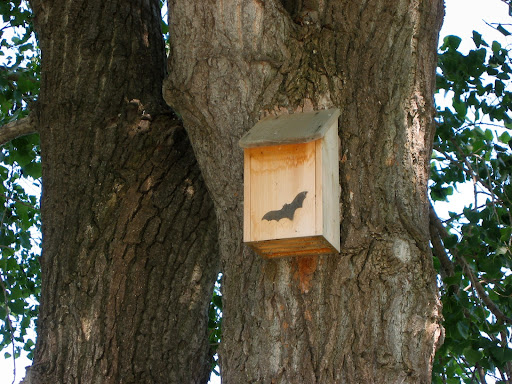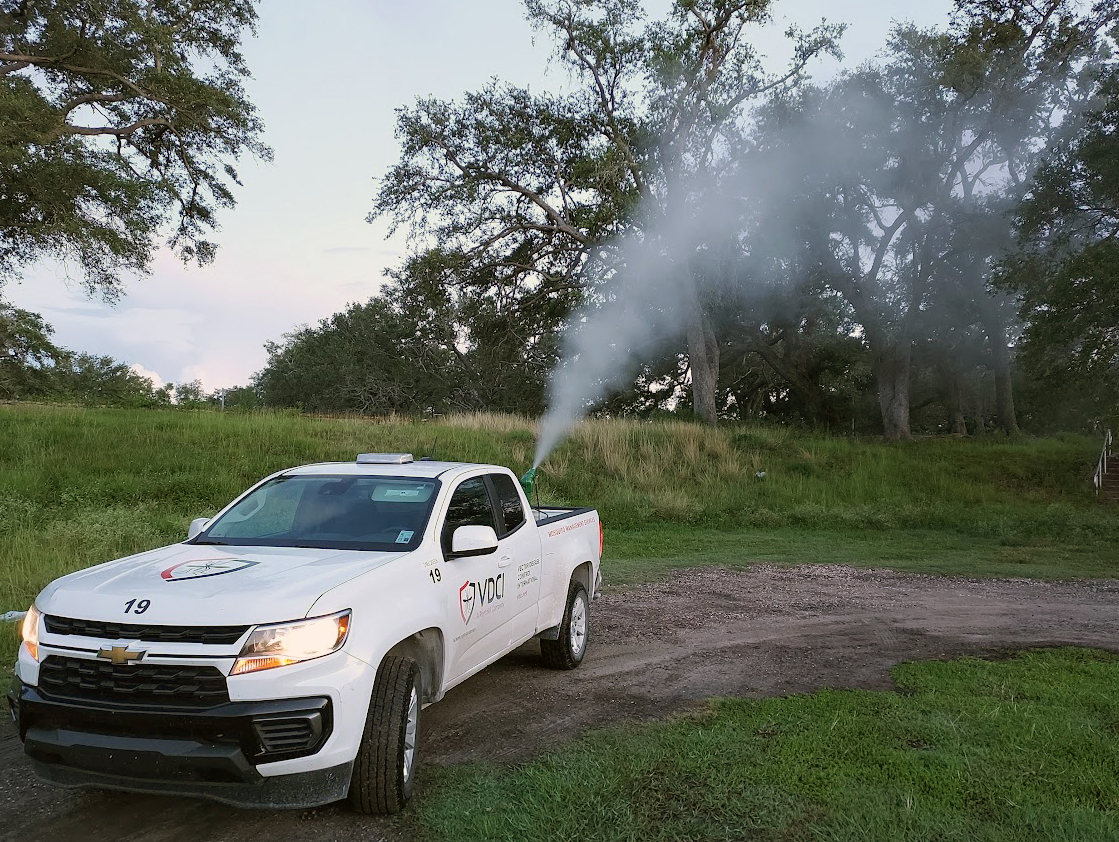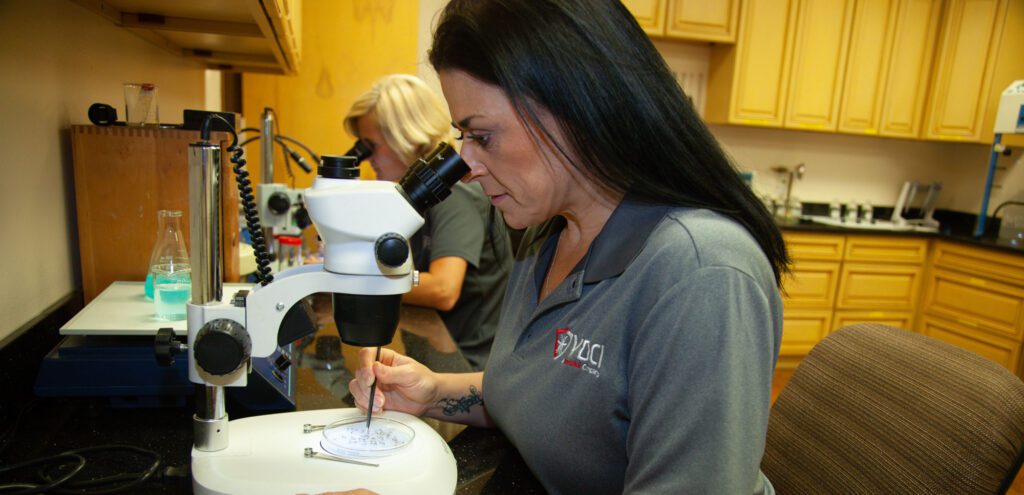Debunking Ineffective Mosquito Control Methods
Are you part of a municipality, mosquito abatement district, planned community, homeowners association, or military base that has received several phone calls from residents seeking relief this mosquito season? The VDCI team is here to help!
Implementing an integrated mosquito management program is essential to helping reduce nuisance populations and prevent mosquito bites that could transmit many serious vector-borne diseases. Before we outline our recommended 4-prong approach to target all phases of the mosquito’s life cycle, we would like to provide you and your residents with the facts on a few DIY methods of mosquito control.
BUG ZAPPER
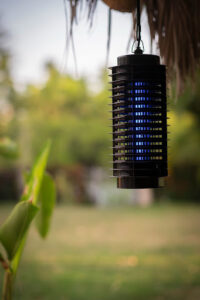
Almost two million homeowners have turned to the use of ultraviolet or black light electrocutors to zap their residental mosquito problems, but do they work? No!
Researchers have found that while these traps do attract and kill thousands of insects every night, mosquitoes are a very small percentage of the bugs killed. In fact, mosquitoes comprised only 6.4% of a five-day insect catch. Not only was the mosquito population a small percentage of all insects killed during this particular study, but only half of the mosquitoes were females. Only female mosquitoes are blood-feeding and will bite humans.
MISTING SYSTEMS
Installed residential misting systems have been a hot topic in recent years. Buyer beware: There are numerous concerns with these systems which include, but are not limited to, un-needed or over pesticide application, negative impact on non-target beneficial insect populations, development of pesticide resistance as well as many other concerns. The American Mosquito Control Association (AMCA) has taken a stance against these misting systems until there has been more research and efficacy testing done. Read more on the AMCA’s apprehension to support this method of mosquito control here.
BATS
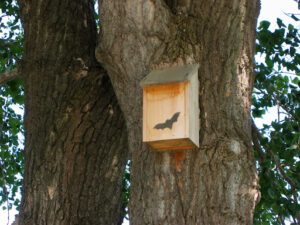
Attract bats to your backyard with a bat-roost box and you have effectively created an environment to manage mosquitoes. Right? Wrong!
Studies have shown that while bats devour a huge number of insects, mosquitoes are only a small part of their diet. A study of fecal pellets of bats in Indiana conducted throughout an entire summer revealed that the primary food items were beetles, moths, and leafhoppers. A very small number of mosquitoes (0.7%) were found in the stomachs of bats in another study. Bats are “selective opportunists” when it comes to their feeding habits, and they will take a variety of prey. Why take a scrawny little mosquito when you can have a fat juicy moth? Unfortunately, mosquitoes are just not a significant part of their diet. The evidence from stomach analysis and feces examination does not justify the hypothesis that insectivorous bats focus on particular types of insects.
Don’t forget to consider that creating a bat habit large enough to rid you of those irritating mosquitoes may trade a mosquito problem for a bat problem!
CITROSA PLANTS
 Many plants are commonly thought to repel mosquitoes. The citrosa plant, marketed as a mosquito plant, is believed to have been created by crossing tissue cultures of an African Germanium with the Grass of China that contains citronella oil. Citronella oil is an active ingredient in mosquito-repellent candles; however, while the smoke from the candles will repel a few mosquitoes itself, it has very little to do with the citronella. In fact, some researchers believe that the only way the citrosa plant can release the citronella oil is to crush the plant. No studies are available to support the idea that the citrosa plant or any other plant repels mosquitoes strongly enough to improve human comfort.
Many plants are commonly thought to repel mosquitoes. The citrosa plant, marketed as a mosquito plant, is believed to have been created by crossing tissue cultures of an African Germanium with the Grass of China that contains citronella oil. Citronella oil is an active ingredient in mosquito-repellent candles; however, while the smoke from the candles will repel a few mosquitoes itself, it has very little to do with the citronella. In fact, some researchers believe that the only way the citrosa plant can release the citronella oil is to crush the plant. No studies are available to support the idea that the citrosa plant or any other plant repels mosquitoes strongly enough to improve human comfort.
Effective Mosquito Management
The most effective way to control mosquitoes is through an Integrated Mosquito Management program. VDCI recommends a 4-pronged approach for communities, municipalities, mosquito abatement districts, industrial sites, planned communities, homeowners associations, military bases, and golf courses to target all phases of the mosquito’s life cycle:
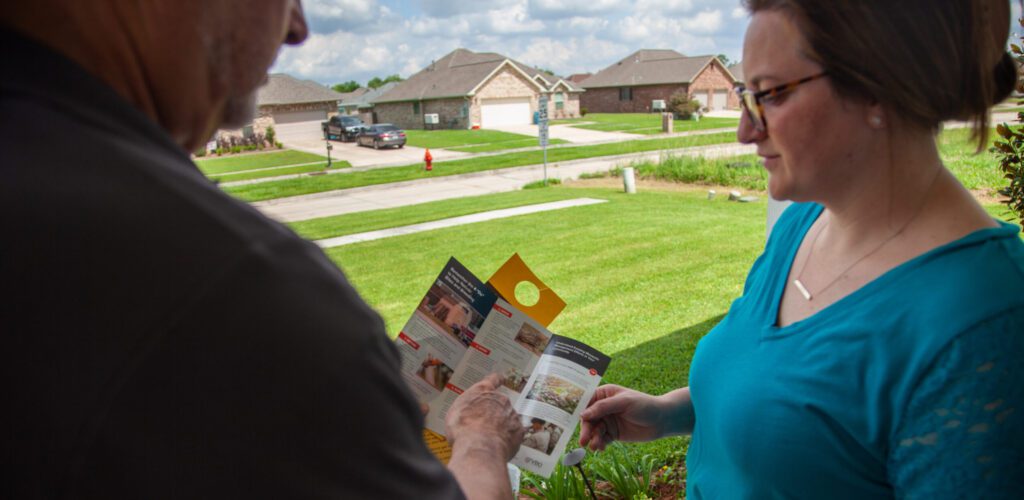
Community understanding of how to properly eliminate mosquito breeding habitat and take personal protective measures is critical. Furthermore, distribution of educational pieces is important for treating symptoms and aids public health officials in identifying problem areas.
2: Surveillance
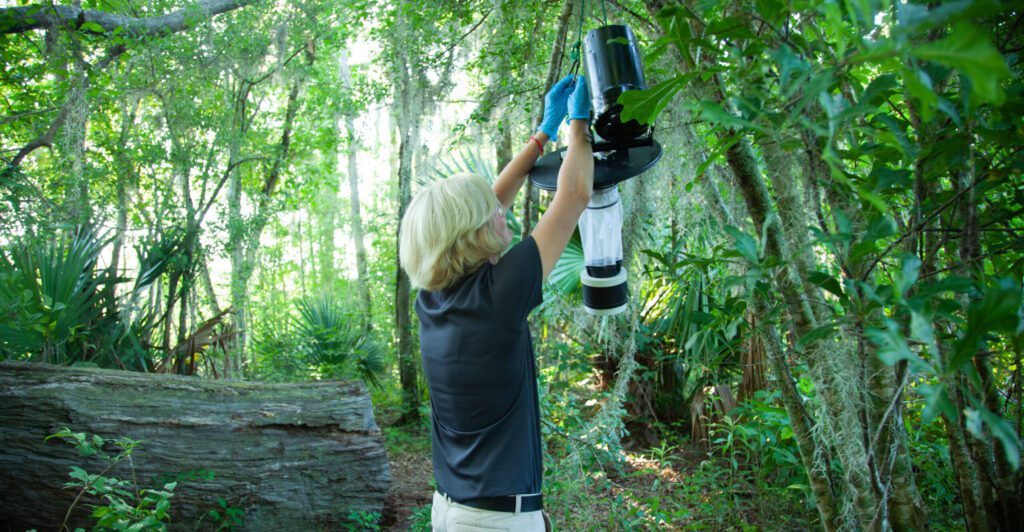
In order to understand the risk and address the threat appropriately, it is critical to determine the mosquito distribution, density, and species composition throughout the target area. Surveillance will also provide direct evidence of an increased transmission risk of vector-borne diseases such as West Nile virus, Zika virus, Dengue, and Chikungunya.
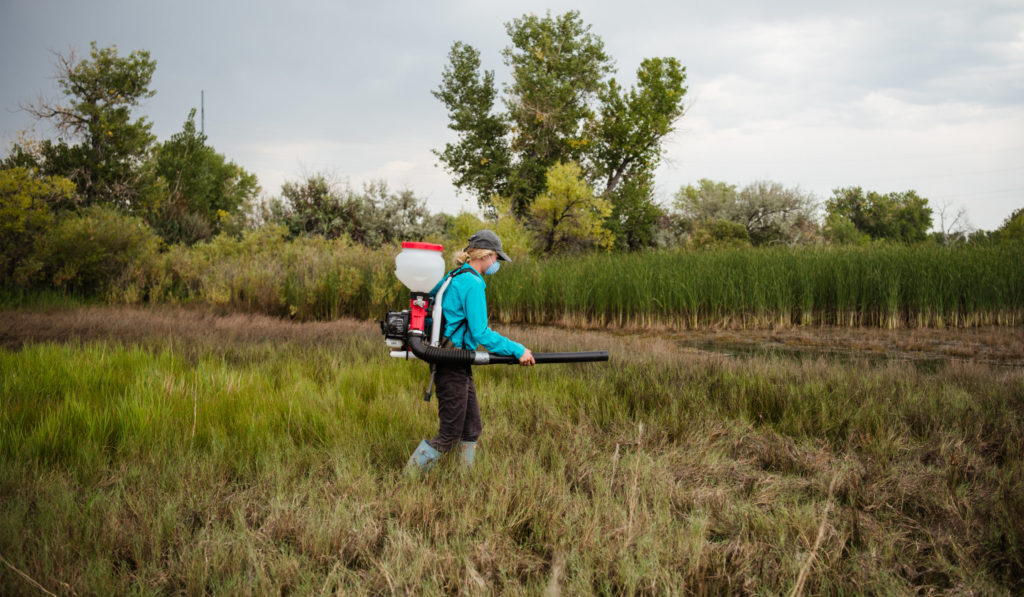
When mosquito larvae are detected in an area, trained and experienced ground crews reduce breeding habitat when possible, then preferentially apply Bacillus thuringiensis var israelensis (Bti) to remaining areas of standing water, stagnant pools, and water-holding containers. Aerial and ground application of larvicide via ULV equipment can provide control in hard to reach container habitats.
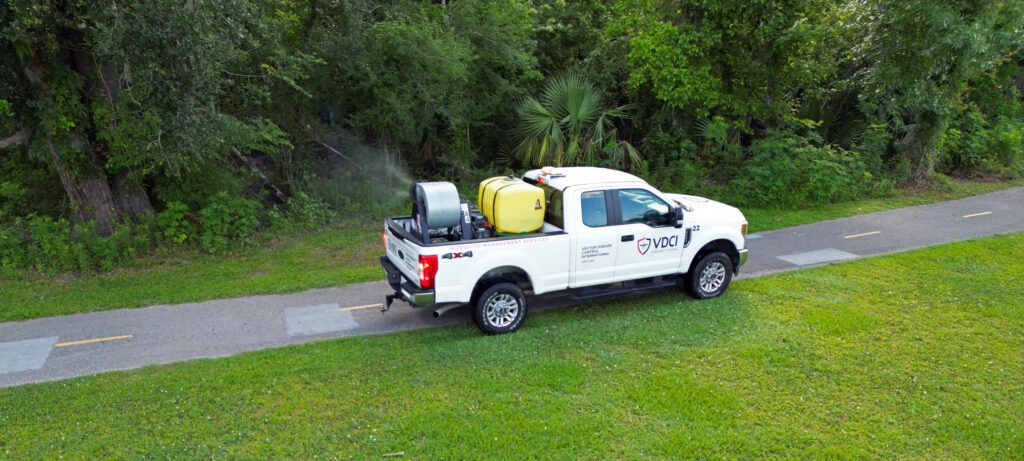
VDCI recommends targeted ultra low volume (ULV) applications when larviciding efforts are not sufficient to combat mosquito levels. For direct control in residential areas, targeted ULV applications can be combined with residual “barrier” treatments via backpack applicators to mosquito harborage areas near homes and other structures. In addition, truck and aerial ULV applications can be utilized across wide-areas to reduce the adult mosquito population. These treatments should be performed based on surveillance data which includes mosquito populations and presence of disease. When combined with our larvicide efforts, these methods have proven highly effective at significantly reducing local populations of the target mosquitoes.
Contact Us to Learn More About Effective Mosquito Management Strategies:
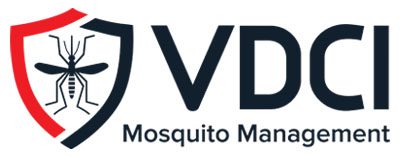 Since 1992, Vector Disease Control International (VDCI) has taken pride in providing municipalities, mosquito abatement districts, industrial sites, planned communities, homeowners associations, and golf courses with the tools they need to run effective mosquito control programs. We are determined to protect the public health of the communities in which we operate. Our mosquito control professionals have over 100 years of combined experience in the field of public health, specifically vector disease control. We strive to provide the most effective and scientifically sound mosquito surveillance and control programs possible based on an Integrated Mosquito Management approach recommended by the American Mosquito Control Association (AMCA) and Centers for Disease Control and Prevention (CDC). VDCI is the only company in the country that can manage all aspects of an integrated mosquito management program, from surveillance to disease testing to aerial application in emergency situations.
Since 1992, Vector Disease Control International (VDCI) has taken pride in providing municipalities, mosquito abatement districts, industrial sites, planned communities, homeowners associations, and golf courses with the tools they need to run effective mosquito control programs. We are determined to protect the public health of the communities in which we operate. Our mosquito control professionals have over 100 years of combined experience in the field of public health, specifically vector disease control. We strive to provide the most effective and scientifically sound mosquito surveillance and control programs possible based on an Integrated Mosquito Management approach recommended by the American Mosquito Control Association (AMCA) and Centers for Disease Control and Prevention (CDC). VDCI is the only company in the country that can manage all aspects of an integrated mosquito management program, from surveillance to disease testing to aerial application in emergency situations.


